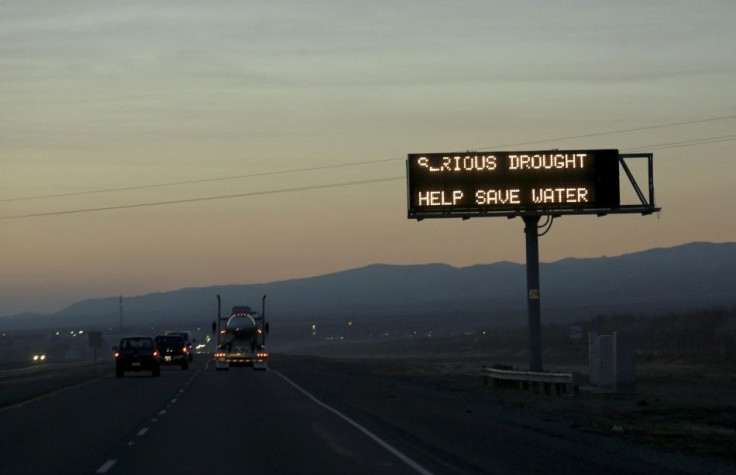World Food Markets Advised to Brace for Drought, El Niño Highly Likely to Occur This Year

Food markets around the world are being strongly advised to conduct the necessary preparations as the "boy child' weather phenomenon El Niño has been predicted to highly likely occur this year, 2014.
Australia's Bureau of Meteorology has announced the 70 per cent possibility of an El Niño weather pattern developing in the next few months.
"The likelihood of El Niño remains high, with all climate models surveyed by the bureau now indicating El Niño is likely to occur in 2014. Six of the seven models suggest El Niño thresholds may be exceeded as early as July," the authority has warned. "El Niño has an impact across much of the world, including below-average rainfall in the western Pacific and Indonesian regions, and increased rainfall in the central and eastern Pacific."
Drew Lerner, president at World Weather Inc. said earlier in April the El Niño weather pattern will begin as a mild to weak event and take many months to meet the definition of an El Niño.
Once it fully strikes, prices of soft commodities such as sugar, coffee and wheat will be particularly affected.
"Today we are seeing weather risk creep into the [sugar] market," commodities broker Macquarie said in a note to investors. "The first weather risk is the drought in Brazil. The second risk (though less impactful at this stage) is the growing chance of an El Niño developing in H2 of 2014. El Niños are typically associated with weak monsoons in India, drier Australia and South East Asia, and wetter CS [Centre-South] Brazil - all of which carry bullish connotations for sugar."
While Australia braces for drought and potentially severe bushfires, other parts of the world brace for too much rainfall, especially if it happens in grain-producing areas which could yield poor harvests and thereby push up prices of animal feed. All these would have an impact on grocery prices.
"This [El Nino] is very important because it could have a huge impact on global grain markets," Nan-Dirk Mulder, a Rabobank analyst, said during a farming conference last week.
According to the Climate Prediction Center, it was in 2009 to 2010 that the last El Niño occurred. Since then a cooling called La Niña and a period of neutral conditions have held on.





















